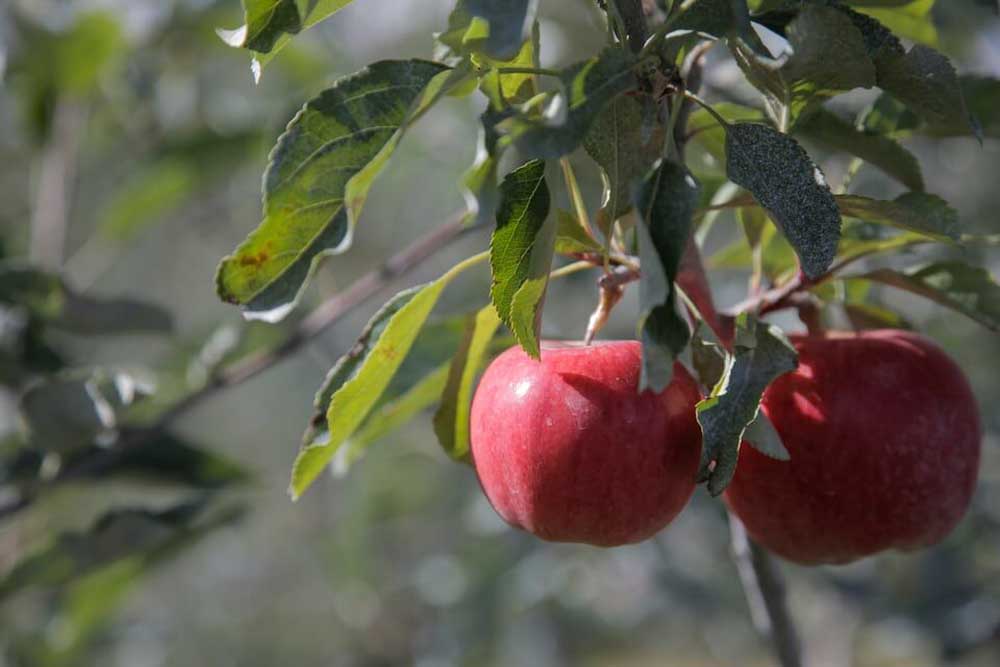Farmers’ role: Here are Oregon’s top crops and where they’re grown
Published 6:00 am Monday, October 7, 2024

- Hood River U-Pick Organic, on a recent visit in September, had honeycrisp and gala apples, dahlias and the last of the raspberries for picking.
The value of Oregon’s agricultural products soared 35% in five years ending in 2022, according to newly released federal data — a big jump that highlights farms’ economic role in just about every county in the state.
In 2022, Oregon produced nearly $6.8 billion of nursery plants, beef, hay, berries, potatoes, beans, milk, eggs and Christmas trees, among other products. That’s according to the U.S. Department of Agriculture’s latest census of the nation’s agricultural output, conducted every five years.
Farms operate in all corners of the state. The biggest output is concentrated in the upper Willamette Valley and northeast Oregon.
“This diversity among the counties with the highest agricultural value highlights Oregon’s varied agricultural landscape,” state economists wrote last month in their quarterly revenue forecast. “The western part of the state emphasizes fruits, berries, and nursery products, while the eastern part focuses on hay, cattle, and specialty crops like grains and oilseeds.”
Because Oregon’s farms are spread all across the state, agriculture is one thing nearly all communities have in common.
Plants, trees, shrubs, flowers and grass are Oregon’s most valuable farm products, the census found. They’re grown most in the damp, fertile soil of Marion and Clackamas counties. Marion County’s farm products had the most market value of any county in the state, $874 million — about 13% of Oregon’s total.
Cattle are Oregon’s second-most valuable agricultural good. The state’s cattle trade is concentrated in Morrow County, whose farm products are just behind Marion County’s in terms of total market value.
Other major crops include the fruit orchards around Hood River, watermelon and potato farms in eastern Oregon and Christmas tree farms concentrated in Clackamas County. Even heavily urbanized Multnomah County produced nearly $100 million worth of agricultural products.
Oregon farming is far less important to the state’s economy than it was 50 years ago, when agricultural accounted for about 1 in every 18 jobs. But Oregon’s economy is about twice as dependent on farming as the average state’s.
“While the agricultural industry is not large in terms of employment numbers in the state, at about 1.8% of all private jobs, it is still an important part of the economy, and (essential) to daily life,” the state economists wrote in last month’s report.






